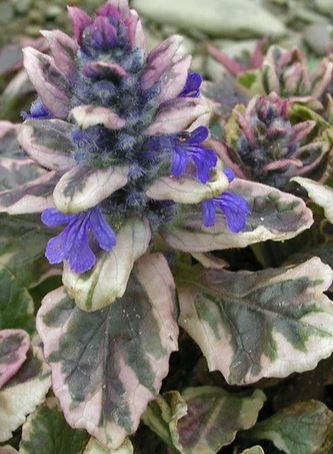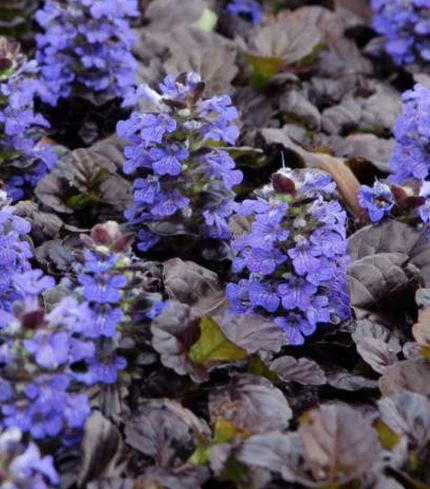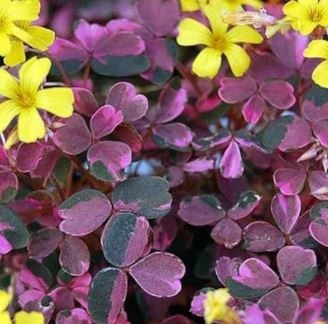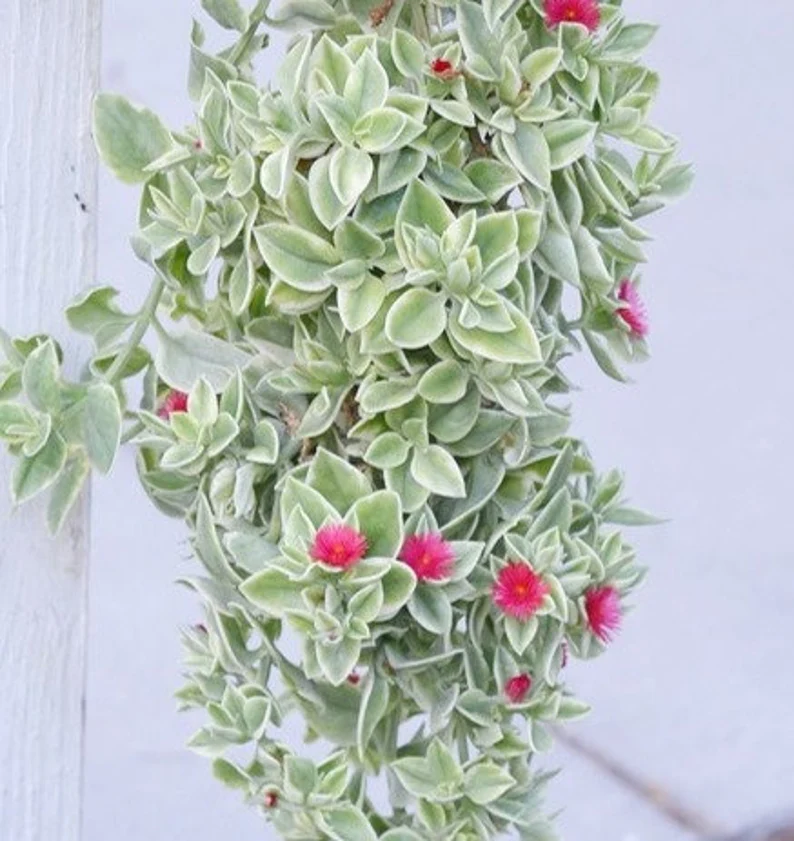Ajuga Plants


Ajuga, also known as bugleweed, is a versatile and attractive plant that can add a splash of color to any garden or landscape. This perennial plant belongs to the mint family and is native to Europe, but it is now grown in various regions around the world.
One of the standout features of ajuga is its vibrant and eye-catching foliage. The leaves can range in color from deep green to shades of purple, bronze, or variegated patterns. This diversity in foliage makes ajuga a popular choice for adding visual interest and contrast to flowerbeds, borders, or rock gardens.
In addition to its aesthetic appeal, ajuga is also valued for its ability to provide ground cover. Its low-growing habit and dense foliage make it an excellent choice for filling in bare spots or preventing weed growth. Ajuga can quickly form a mat-like carpet, which not only adds beauty but also helps to retain soil moisture and prevent erosion.
Another reason why ajuga is a sought-after plant is its ability to attract pollinators. The plant produces spikes of small, tubular flowers in shades of blue, purple, or pink, depending on the variety. These flowers act as a magnet for bees, butterflies, and other beneficial insects, making ajuga a valuable addition to any pollinator garden.
When it comes to cultivation, ajuga is relatively low maintenance. It thrives in well-drained soil and can tolerate a variety of light conditions, from full sun to partial shade. However, it tends to perform best in areas with partial shade, as excessive sun exposure may cause the leaves to scorch.
Ajuga can be propagated by division or from seeds. Dividing the plant every few years not only helps to control its spread but also rejuvenates its growth. Additionally, ajuga can be easily grown in containers, allowing for greater flexibility in terms of placement and arrangement.
While ajuga is generally a hardy and resilient plant, it is susceptible to some diseases and pests, including powdery mildew and crown rot. Regular monitoring and proper care, such as providing adequate air circulation and avoiding over-watering, can help prevent these issues.
Step-by-Step Care Guide
Step 1: Selecting the Right Location
Choose a suitable location for your ajuga plants. They thrive in partial shade to full sun, depending on the variety. Ajuga prefers moist, well-drained soil, rich in organic matter. Make sure the chosen area has good air circulation to prevent any fungal diseases.
Step 2: Planting
Prepare the soil by removing any weeds, rocks, or debris. Dig a hole that is slightly larger than the ajuga plant’s root ball. Place the plant in the hole, ensuring that the crown is level with the soil surface. Gently backfill the hole, firming the soil around the roots. Water thoroughly after planting.
Step 3: Watering
Ajuga plants require consistent moisture to thrive. Keep the soil evenly moist, but avoid overwatering, as it can cause root rot. During hot and dry periods, increase the frequency of watering. Mulching around the plants can help retain moisture and regulate soil temperature.
Step 4: Fertilizing
Apply a balanced, slow-release fertilizer in early spring or late winter when new growth begins. Follow the package instructions for the appropriate amount to use. Avoid excessive fertilization, as it can lead to weak growth or root burn. Additionally, ajuga plants benefit from an annual top-dressing of compost or well-rotted manure.
Step 5: Pruning
Regular pruning helps maintain the compact and tidy appearance of ajuga plants. Remove any dead or damaged leaves, stems, or flowers throughout the growing season. After the blooming period, you can trim back the plant to encourage fresh growth. However, avoid cutting into the crown of the plant.
Step 6: Controlling Pests and Diseases
Ajuga plants are generally resistant to pests and diseases. However, they can occasionally be affected by slugs, snails, or aphids. Regularly inspect the plants for any signs of infestation, and promptly remove the pests by hand or use organic insecticides if necessary.
Step 7: Dividing and Propagating
Ajuga plants benefit from periodic division to maintain their vigor. Every three to four years, lift the plant clumps in early spring or fall. Divide them into smaller sections, ensuring each division has sufficient roots and foliage. Replant the divisions in prepared soil, water thoroughly, and provide proper care.





